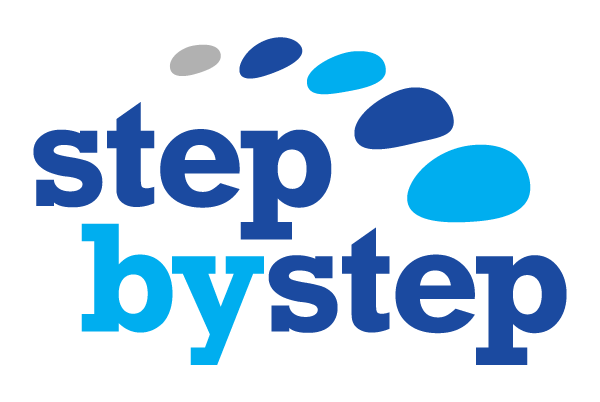Step 1
When change is first introduced, our initial reaction is often shock or denial. This can manifest itself by blaming others as they react to the challenge of the status quo. This stage we went through as a society as we first realised that this virus was going to have a huge effect on our everyday lives.
Step 2
The next stage of change is when we realise that the change is going to happen whatever our opinion or choice may be. I can relate this to the Government’s decision to enforce the partial lockdown.
Step 3
For as long as we resist the change, the change will be unsuccessful, at least for the people who are resisting. For some, this can be a stressful and unpleasant stage.
Step 4
Confusion and doubt often set in in this stage – but this can be a good sign as people are beginning to move on. Signs of acceptance will, however start to shine through as we move towards Stage 5 of the Change Curve.
Step 5
Acceptance and Letting Go – in this stage, we stop focusing on what we’ve lost, we start to let go, and accept the changes. We begin testing and exploring what the changes mean, and so learn the reality of what’s good and not so good, and how we must adapt.
Is there we are at now? What is clear at this stage is that we start to adapt and let go of the things that we can’t control. The sooner we and get here, the less worried, stressed and fearful we become (all good for enhancing our wellbeing and boosting our immunity).
Step 6
…is when we start to find solutions. A stage when we not only accept the changes but also start to embrace them.
Finally, Stage 7
The stage when the change is starting to become ‘normal’ or the beginnings of routine and status quo. We don’t know yet what this will be, what it will look like, or how this change will have affected us (time of writing – end April 2020), but accepting that we can control things like: our attitude; our own social distancing habits; our sleep hygiene; how we eat, drink and exercise, will support us to get to this stage much more smoothly.


